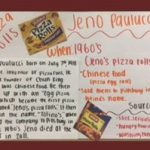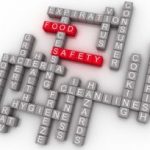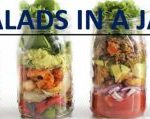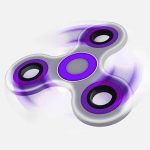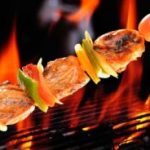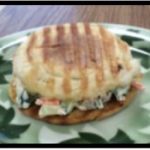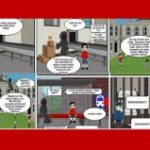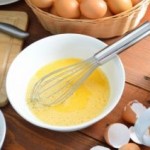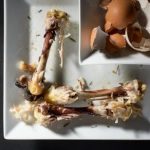
This is a topic I’ve wanted to teach for a long time, not only because I practice it, but think it’s an important lesson for everyone to know and implement in their lives! However, that said, I was also a bit nervous introducing this lesson because I didn’t know how my students would receive it. Would they think it interesting and practical? Would they think it old-fashioned and a thing of the past? Would they even engage? Well, I can honestly say that my students were totally with me throughout this entire lesson! They shared personal stories and examples! They embraced the topic and were quite interested in the articles and stories I had them use, as well as the projects they were assigned! In the future and for the record, I will definitely be teaching this unit again, but this time with complete confidence!


